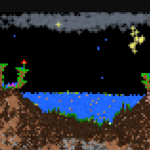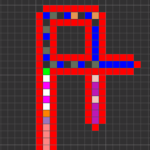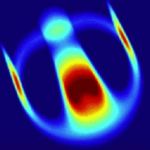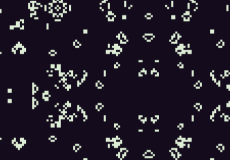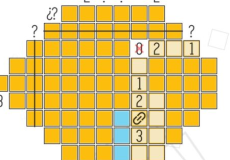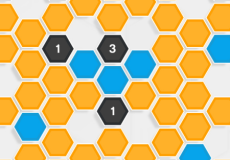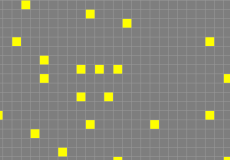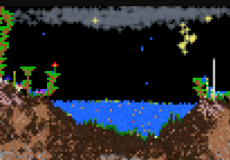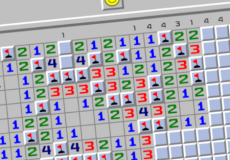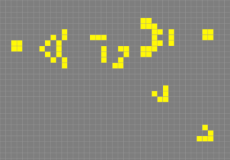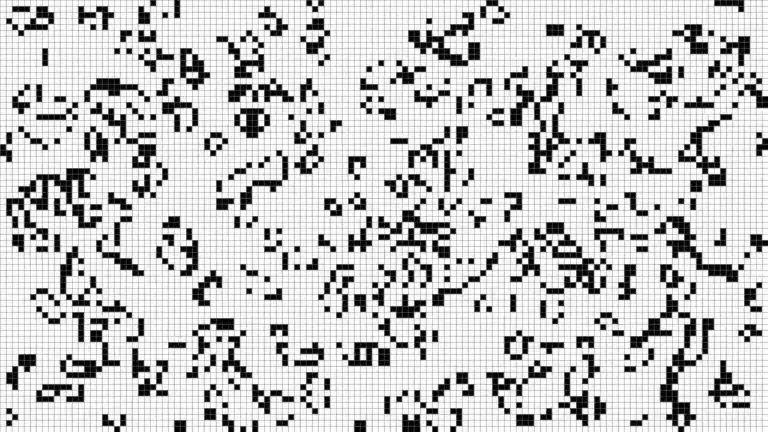

Lenia
Lenia is a cellular automaton where life-like patterns evolve and move across a grid, but unlike classic systems like Conway’s Game of Life, Lenia operates with smooth transitions and continuous values. Instead of rigid on/off cell states, each unit in Lenia holds a floating-point value, creating fluid movements that resemble biological organisms. Patterns pulse, shift, and glide in organic ways, making the simulation feel less mechanical and more alive.
Similiar games
Lenia is a cellular automaton where life-like patterns evolve and move across a grid, but unlike classic systems like Conway’s Game of Life, Lenia operates with smooth transitions and continuous values. Instead of rigid on/off cell states, each unit in Lenia holds a floating-point value, creating fluid movements that resemble biological organisms. Patterns pulse, shift, and glide in organic ways, making the simulation feel less mechanical and more alive.
Rule-Based Behavior With Surprising Complexity
At the heart of Lenia are mathematical rules that determine how each cell interacts with its neighbors. These rules shape the way structures emerge, move, and respond to changes in their environment. Adjusting the core parameters—such as growth rate, kernel shape, or interaction strength—can completely alter how lifeforms behave. Some will stabilize, others will orbit or split, and a few evolve into entirely new shapes. There is no player control after setup—just observation and fine-tuning of parameters.
Exploration Through Simulation
Lenia isn’t a game with goals or competition; it’s a system that invites experimentation. Users create patterns, run simulations, and observe how they evolve over time. Some designs replicate, some drift aimlessly, and others develop behaviors that seem instinctive. Through trial and observation, players can discover how simple mathematical interactions lead to unexpected movement and balance. Lenia is a space to explore artificial life, where form and function are born entirely from rules and timing.
Discuss Lenia

